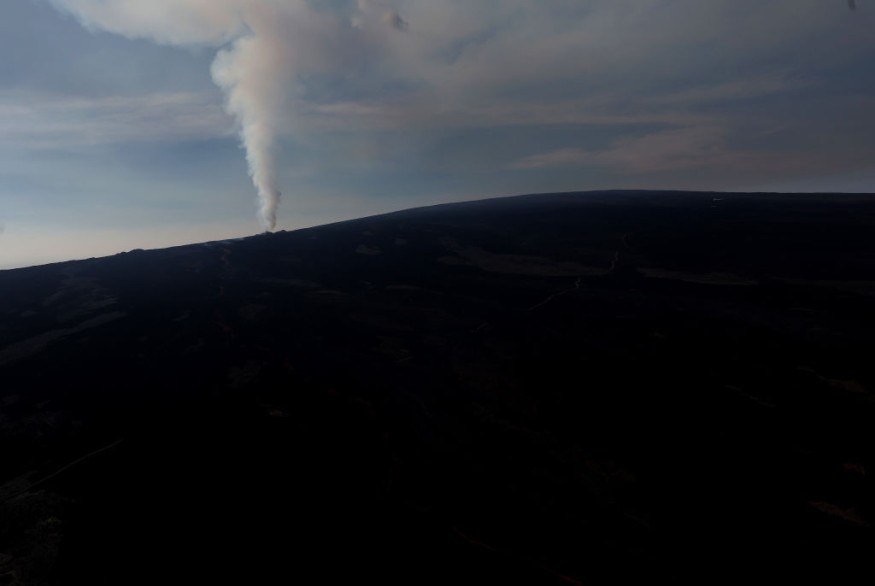
A new island in the Pacific has been formed as a result of an underwater volcanic eruption on October 30 that blasted massive slabs of granite into a pile off the coast of Japan's Iwo Jima island.
Circular Blackish Islet
Associate Professor Maeno Fukashi of the University of Tokyo's Earthquake Research Institute flew over Ioto Island last month, which is part of the Ogasawara island group.
He noticed black plumes spewing out of the sea every few minutes, around one kilometer off the southern shore of Ioto.
The plumes, he claimed, reached heights of more than 50 meters. Some of the rocks blasted up into the air by the explosions were several meters in size, he noted.
Maeno suspects that steam eruptions, caused by magma coming into contact with seawater, are taking place.
He claimed that a circular, blackish islet about 100 meters across had formed north of the plumes.
According to Maeno, the islet's surface is covered with rocky rocks. He speculated that the islet was formed by rocks thrown up by the eruptions.
The small island does not have a volcanic vent, but floating bands of pumice have been noticed surrounding it. The hue of the ocean around the islet has also changed, according to reports.
He noted that eruptions are most likely occurring at two or more locations.
Iwo Jima is an active volcano in the Izu-Ogasawara arc, about 60 kilometers north-northwest of Fukutoku-Okanoba, that generated a large-scale undersea eruption in 2021.
In 2013, another small island emerged in the same location as Japan, near the Nishinoshima volcano.
That eruption lasted a decade, whereas eruptions at Iwo Jima generally last barely a month, according to Setsuya Nakada, an earthquake research institute professor emeritus.
"It's hard to know when it will stop, but assuming the eruption continues, the island could grow higher and bigger," he said.
Underwater Eruption
In recent years, several underwater eruptions have been documented in this region.
These episodes, known as phreatic eruptions, are characterized by surface blasts of steam and volcanic debris. When water comes into contact with sizzling magma, lava, rocks, or other scorching deposits, they are activated.
According to the United States Geological Survey, there are around 1,350 potentially active land-based volcanoes worldwide.
Scientists have so far discovered thousands more active "submarine" volcanoes, and they believe that there may be many more-possibly hundreds for every one on land-lodging beneath the waves.
Throughout geological history, undersea volcanic eruptions have occasionally built significant islands, notably the Hawaiian archipelago.
"The eruptions that formed Hawaii were all before our time. But also, until it got up to the water's surface, we wouldn't have seen them even if we'd been sitting above them in a Polynesian canoe," said James White, a professor of geology at the University of Otago in New Zealand who has studied undersea volcanic eruptions.
Related Article : Volcanic Eruption Creates New Island in Japan [Video]
© 2025 NatureWorldNews.com All rights reserved. Do not reproduce without permission.





